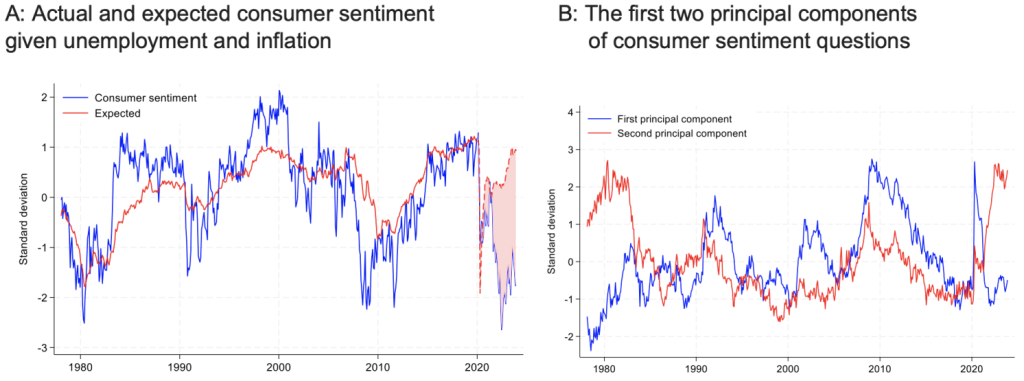United Homes Group stock plunges after Nikki Haley, directors resign
Cutting workforce while solving hard challenges paints a bleak picture. Can Musk's managerial skills pull Tesla (NASDAQ:TSLA) through?
Tesla continues to ramp up its efforts to become a leaner EV company. In mid-April, a company-wide email informed Tesla’s global workforce that they can expect a 10% reduction out of a total of 140,000 workers.
Given that Elon Musk is known for having lean teams, as demonstrated by Twitter’s 80% workforce reduction, these layoffs are hitting vital cogs of the company.
This led to the termination of Rebecca Tinucci, the head of the EV charging division, and 500 workers with her. Daniel Ho, the head of the new vehicles program, and Rohan Patel, the head of the public policy and business development team, were also let go.
These indicate a drastic shift in the company’s priorities, from expansion to survival through cost-efficiency increases.
Even More Tesla Layoffs on the Way?
Elon Musk confirmed the shift in an email to employees, noting their need to go “absolutely hardcore.” Specifically, this is to catch up with the 18% YoY cut in gross profits and the 9% YoY cut in total deliveries in Q1 2024. From Q3 earnings to Q1, Tesla saw a 20.1% fall in EV deliveries.
This translates to Musk likely doubling layoff pressure up to 20%, as initially reported by Bloomberg. Such a scenario is reminiscent of Google’s 12,000 employee reduction during 2023, following shareholder pressure to reduce bloat.
However, Tesla is not a company with Google’s level of deep pockets, nor its hiring practices. And certainly not after reporting negative free cash flow of $2.5 billion in Q1 vs positive $2 billion in Q4’23.
Year-to-date, TSLA stock is down 27.6% at $179.36, or 67% lower from its 52-week high of $299.29 per share. The question for investors is whether Tesla has enough runway to weather the lagging demand for EVs.
Industrial Race to Make EVs Affordable
In the early stages of EV adoption, Elon Musk made it a point to launch them as luxury vehicles. This broke the public perception of such cars as unwieldy and awkward, attracting investors. At the same time, this strategy set up a ceiling for EV adoption.
After all, consumer surveys consistently show that affordability is the main adoption obstacle, topping charging and range concerns. But as rampant inflation and higher borrowing costs took their toll, consumer sentiment diverged from expectations and plummeted to levels of the 2008 Great Financial Crisis.

Image credit: The Centre for Economic Policy Research (CEPR)
Tesla is now finding itself at the tail end of that trend. This Friday, the Michigan Consumer Sentiment Index should paint a clearer picture of Americans’ personal finances and business conditions. But compounding this concern, Chinese EV companies, such as Nio (NYSE:NIO) and Li Auto (NASDAQ:LI), have been forcing Tesla’s hand to initiate multiple price cuts across 3, S, Y, and X models.
Moreover, China’s Geely Volvo is poised to encroach on Tesla’s home territory in the US. Cheaper than Model Y by $9,000, Volvo’s EX30 is more affordable and has a purportedly higher profit margin within the 15% – 20% range. In Q1’24 earnings, Tesla reported a 592bp YoY reduction in operating margin to 5.5%.
In addition to fewer deliveries, price cuts and R&D projects, Tesla attributed this sharp fall to the Cybertruck rollout. The National Highway Traffic Safety Administration hampered the rollout with a notice to remove 3,878 Cybertrucks from the roads due to accelerator pedal defects.
This also created the impression that Tesla rushed the development without checking all the QA boxes. Further layoffs will likely not improve that perception.
Robotaxis to the Rescue?
Elon Musk set the date for August 8th to unveil the much-anticipated Tesla Robotaxi. It is supposed to share the platform with the previously speculated next-gen $25,000 EV codenamed “Redwood,” pushed back to late 2025 production. Now dubbed Model 2, the EV’s potential boosted TSLA value by 10% last month.
If successful, both of these rollouts will set the stage for addressing EV affordability and a brand new market for autonomous transportation services. However, Tesla has yet to move beyond the Level 2 system defined by SAE International. Jumping the shark, Tesla’s Autopilot is more about marketing future functionality than present performance without driver assistance.
It remains to be seen if layoffs across the board will erode Tesla’s human capital to resolve this difficult technical challenge.
What Do Analysts Forecast for TSLA Price?
Given that Tesla still dominates the US and EU electric vehicle markets, the analyst consensus is not as negative as expected. From the present price of $179.36, Nasdaq’s average TSLA price target is $173.29 per share. However, with so many variables loose, the low estimate is highly divergent at $22.86.
Nasdaq’s high estimate is above the $52-week high, at $310 per share. WSJ’s price target is more optimistic, at $183.03, while the low estimate is $85 vs the same high forecast of $310 per share.
***
Neither the author, Tim Fries, nor this website, The Tokenist, provide financial advice. Please consult our website policy prior to making financial decisions.
This article was originally published on The Tokenist. Check out The Tokenist’s free newsletter, Five Minute Finance, for weekly analysis of the biggest trends in finance and technology.
